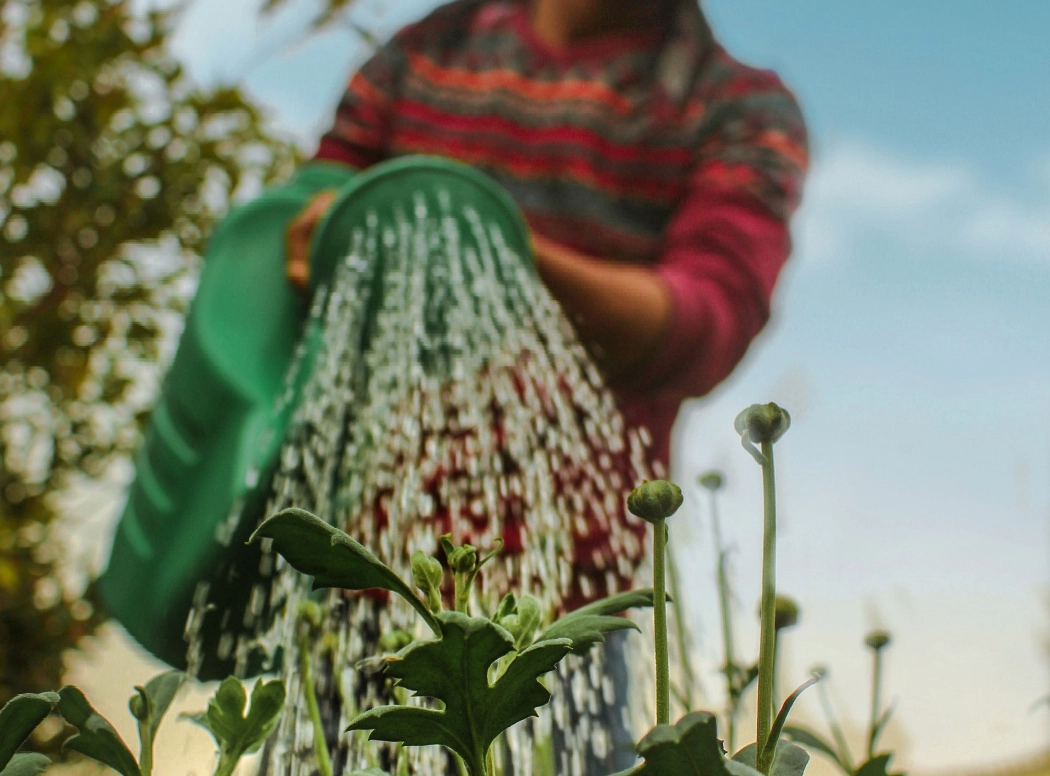Our Aquanomics model projects that the Southeastern region of the US could face total GDP losses of over $400 billion between 2022 and 2050 due to droughts, floods and storms – representing an average annual loss of 0.5% to the economy.
At $176 billion, the greatest estimated direct losses faced by the Southeastern states in the years between 2022 and 2050 is from storms – accounting for over 70% of total direct losses. In terms of industry, the region’s FMCG and retail sector will be hit hardest; it is projected that the sector will lose $227 billion due to water risk by 2050, representing an average annual output loss of 1.9%.
States included: Florida, Georgia and Virginia
Southeastern US data dashboard
- FMCG & retail
-
$227bn1.9%
- Manufacturing & distribution
-
$76bn0.3%
- Energy & utilities
-
$36bn1.4%
- Banking & insurance
-
$16bn0.2%
- Agriculture
-
$15bn1.3%
What events will cause the biggest economic impact?
Data showing direct losses by weather event type between 2022 - 2050
Water risk in Southeastern US
The Southeastern US generally receives a lot of rain and is considered water rich. The region is also home to iconic wetlands and water environments including the Everglades in Florida. However, rapid urbanisation and shifting populations are putting pressure on water supplies and water quality. This is likely to be compounded by increasing coastal flooding threats. Not only does this pose a threat to communities, limiting safe water supply, but to fragile aquatic ecosystems and agriculture.
In 2017, Hurricane Irma – and the ensuing heavy rains and storm surges – caused widespread destruction across the Southeast. The disaster resulted in over one hundred fatalities and an estimated $50 billion in damage – making it the fifth-costliest hurricane to hit the mainland US since 1900. Due to the increasing number of storms and hurricanes, flood protection is a high priority.

Building future water resilience
Water issues in the Southeast are complex and interconnected systems with diverse sets of stakeholders. Initiatives like resiliency are dictated by a myriad of considerations, impacted by growth, land use and environmental management. Because of these relationships, planning for water resilience in the Southeast is not simple nor straightforward. Organisations require new innovative approaches that help understand and navigate the process of building capacity to function in the face of water-related stresses to allow cities and citizens to survive and thrive. Digital solutions will be required to prioritise efforts and action, bring clarity to the vision of resilience, centralise knowledge and data, and leverage existing sensors and telemetry already embedded in systems and environments of these organisations.


With the climate crisis increasing the frequency of extreme weather events, the water sector and local municipalities must ensure the long-term resiliency of water infrastructure. Taking stock of the current state of coastal water infrastructure and assessing which areas are vulnerable to flooding or storm surges should be the start of any water resiliency strategy. With this insight, recommendations for improvements can be made including “dry flood proofing” – reinforcing the structure to withstand floods – or “wet flood proofing” – allowing flood water to enter the building but protecting the contents of the building from water damage.
Real-time data analysis can also provide municipalities across Florida, Louisiana, Georgia and Virginia with improved flood risk intelligence. Combined with real-world network controls like valves and sluice gates, this is one of the most effective ways to improve the water resiliency in a region – such as Southeastern US – that is subject to extensive flood and storm damage.

Freddie Guerra
Digital North America Water Market Leader, GHD
